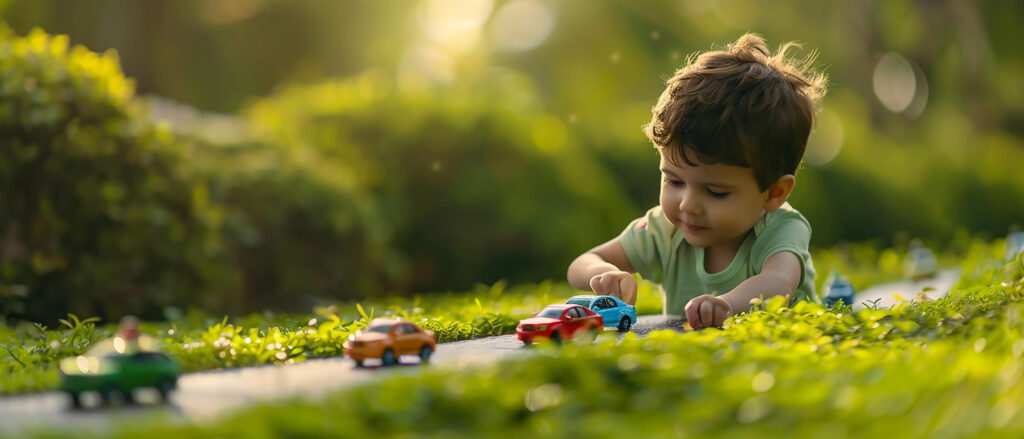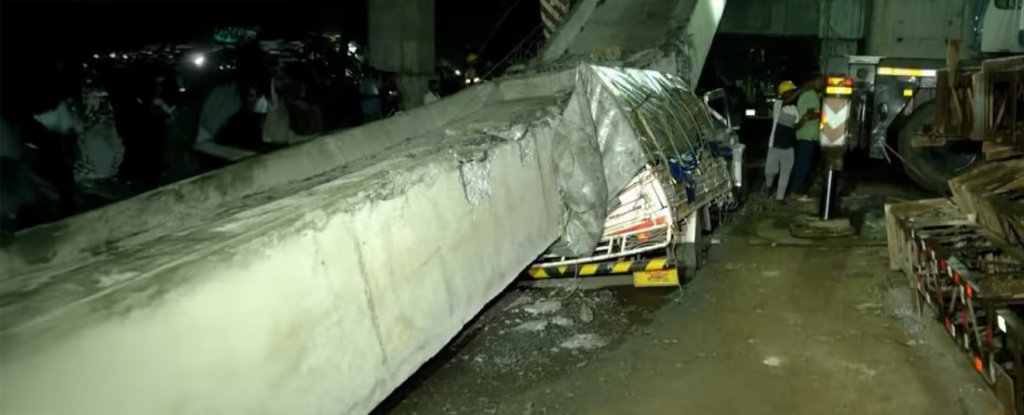When Toys Turn Treacherous: Ensuring Children’s Safety in the Playroom. Why Quality Toys matters?
Quality Toys Matters!! A seven-month-old baby girl from Chiplun, Maharashtra, recently made national headlines when doctors at Bai Jerbai Wadia Hospital for Children removed a 2 cm LED bulb lodged deep in her right bronchus. The infant, Ariba, had swallowed the bulb while playing with a toy mobile phone. What her parents initially assumed was a harmless bout of fever and cough was, in fact, the body’s response to a dangerously lodged foreign object. It took a week, multiple X-rays and two bronchoscopies before surgeons could extract the fragment in a two-minute procedure that almost certainly saved her life.
This frightening episode underscores a broader, often overlooked reality: poor-quality toys and inadequate supervision can turn playtime into a medical emergency. Below we outline the hidden hazards, prevention strategies and the roles parents, educators and regulators must play.
1. Why “Small” Toys Pose a Big Threat
| Hazard | Health Risk | Examples |
|---|---|---|
| Small detachable parts | Choking, airway obstruction, lung infection | Button batteries, LEDs, beads, marbles |
| Toxic materials | Lead poisoning, endocrine disruption | Cheap paints, phthalate-laden plastics |
| Sharp edges / brittle plastics | Lacerations, eye injuries | Low-grade plastic figurines or dolls |
| Button batteries | Internal burns, chemical leaks | Electronic keychains, musical cards |
Children under three explore the world orally. Anything smaller than 3.2 cm (a toilet-paper tube’s diameter) can become a choking hazard. Once inhaled or swallowed, batteries and LEDs can corrode tissue, trigger infection and require emergency surgery.
2. Parental Precautions: Layered Safety at Home
Age-Appropriate Labels
Buy toys clearly marked “0–3 years: no small parts” or “conforms to IS 9873 / EN 71”.
Physical Inspection
Tug at seams, twist plastic components and check for loose screws before handing a toy to a child.
Safe Storage
Keep button batteries, magnets and any craft supplies in locked drawers well above a child’s reach.
Supervised Play
Remain within arm’s reach when infants or toddlers manipulate objects that could break or detach.
First-Aid Readiness
Learn child CPR and keep emergency numbers visible.
Invest in a digital ear thermometer and flashlight to check the mouth and throat quickly.
3. Educating Children: Building Risk Awareness Early
Model safe behaviour: demonstrate why small parts stay off the floor.
Story-based learning: picture books showing characters putting away toys reinforce habits.
Clear rules: “Toys stay in the play area, batteries stay with Mum/Dad.”
Praise & reward: positive reinforcement works better than scolding for toddlers.
4. Responsibilities Beyond the Home
a) Schools & Day-Care Centres
Conduct monthly toy-safety audits, removing cracked or broken items.
Train staff in the Heimlich manoeuvre for infants and young children.
Display choking-hazard charts in common areas.
b) Manufacturers & Retailers
Comply with BIS standards (IS 9873 series) for mechanical, chemical and electrical safety.
Implement tamper-evident screws for electronic toys so batteries cannot be accessed easily.
Provide clear disposal instructions for electronic components.
c) Government & Regulators
Import checks: Mandate pre-shipment testing for toy consignments entering Indian ports.
Random market surveillance: Seize toys failing lead, cadmium or phthalate limits.
Public recalls: Maintain an online recall portal and broadcast alerts through schools and Anganwadis.
Awareness campaigns: Partner with paediatric societies to run toy-safety drives each festive season.
5. What to Do in a Suspected Ingestion or Aspiration
Stay calm but act fast.
Observe breathing, if the child is coughing forcefully or wheezing, rush to the nearest emergency department.
Avoid DIY remedies like induced vomiting or giving water; they can worsen obstruction.
Bring the toy packaging or similar piece to help doctors identify material composition for X-ray and treatment planning.
A simple LED bulb, no larger than a pea, nearly claimed a baby’s life. The incident is a stark reminder: toy safety isn’t optional, it’s essential. By choosing quality-certified products, supervising play, educating children and demanding stricter enforcement from authorities, we can keep playrooms fun, not fatal.
Play smart, stay safe.





